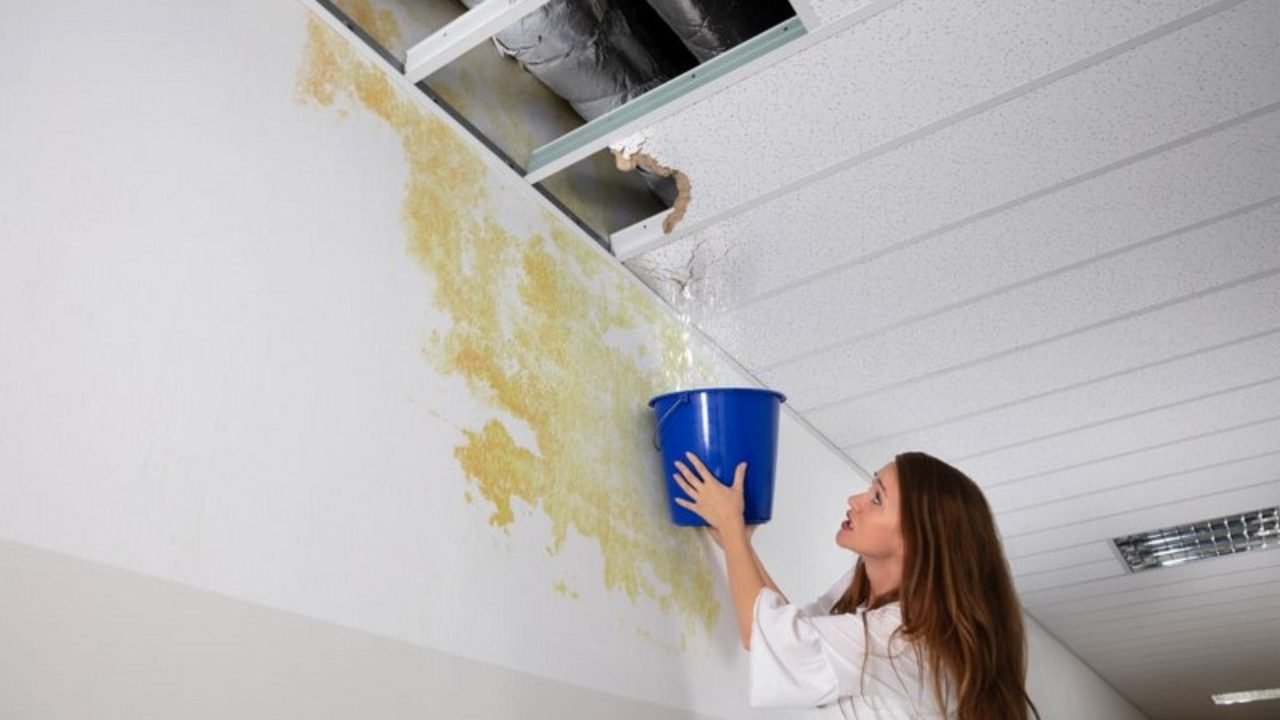Identify A Half-Dozen of The Commonest Triggers for Leakage Within Your Home
Identify A Half-Dozen of The Commonest Triggers for Leakage Within Your Home
Blog Article
What are your thoughts on Most Common Causes of Leaky Pipes?

Leakages not only cause waste of water but can likewise cause unnecessary damages to your house and advertise undesirable natural development. By looking and recognizing for daily scenarios that cause leakages, you can protect your home from future leakages as well as unneeded damages.
Instant temperature level adjustments.
Severe temperature changes in our pipelines can create them to broaden and contract suddenly. This growth and tightening might cause splits in the pipes, particularly if the temperature are below cold.
Corroded water systems
As time goes by, your plumbing system ages and rust such as corrosion may begin gnawing the pipes. This may be the cause of discoloration or warping on your pipes. This asks for an examination with your plumber right away. Think about replacing the pipes given that they are at a greater risk of corrosion than the more recent models if our plumbing system is old.
Defective Pipeline Joints
Pipe joints can weaken over time, resulting in water leaks. If you have loud pipes that make ticking or banging sounds, especially when the hot water is turned on, your pipeline joints are possibly under a lot of stress.
Encroaching roots
A lot of water leakages start outside the house rather than inside it. If you notice an unexpected decrease in water pressure, say in your faucet, require time to go out as well as examine your yard. You may discover damp spots or sinkholes in your lawn, which may suggest that tree origins are invading water lines creating water to seep out. You can have your plumber look for intrusion, especially if you have trees or bushes near your home.
Poor Water Connectors
At times, a leakage can be caused by loose hose pipes as well as pipelines that provide your appliances. In situation of a water connections leak, you may see water running directly from the supply line or puddles around your appliances.
Obstructed Drains
Obstructed drains pipes might be aggravating and inconveniencing, yet they can in some cases wind up creating an overflow leading to rupture pipelines. Maintain removing any type of products that might drop your drains that could clog them to avoid such hassles.
All the above are sources of leaks yet not all water leakages arise from plumbing leakages; some leakages may come from roofing leaks. All leakages need to be repaired immediately to stay clear of water damages.
Leakages not just trigger waste of water but can also cause unneeded damage to your house as well as promote unwanted organic development. By understanding and looking for day-to-day circumstances that trigger leaks, you can safeguard your residence from future leaks and also unneeded damage. Today, we will look at 6 leakage triggers that may be creating your pipes to trickle.
At times, a leak can be created by loose hoses as well as pipelines that supply your home appliances. In instance of a water connections leak, you might discover water running directly from the supply line or puddles around your devices.
How To Check For Water Leak In Your Home
How To Check for Leaks
The average household's leaks can account for nearly 10,000 gallons of water wasted every year and ten percent of homes have leaks that waste 90 gallons or more per day. Common types of leaks found in the home are worn toilet flappers, dripping faucets, and other leaking valves. These types of leaks are often easy to fix, requiring only a few tools and hardware that can pay for themselves in water savings. Fixing easily corrected household water leaks can save homeowners about 10 percent on their water bills.
To check for leaks in your home, you first need to determine whether you're wasting water and then identify the source of the leak. Here are some tips for finding leaks:
Take a look at your water usage during a colder month, such as January or February. If a family of four exceeds 12,000 gallons per month, there are serious leaks.
Check your water meter before and after a two-hour period when no water is being used. If the meter changes at all, you probably have a leak.
Identify toilet leaks by placing a drop of food coloring in the toilet tank. If any color shows up in the bowl after 10 minutes, you have a leak. (Be sure to flush immediately after the experiment to avoid staining the tank.)
Examine faucet gaskets and pipe fittings for any water on the outside of the pipe to check for surface leaks.
Undetected water leaks can happen without the home or business owner even realizing. If you suspect a water leak, but not able to find the source. It is time to contact a professional water leak detection service, The Leak Doctor.
How To Find a Water Leak In Your Home
https://www.leakdoctor.com/blog/How-To-Check-For-Water-Leak-In-Your-Home_AE197.html

I'm just very intrigued by How Fast Water Damage Can Ruin Your Home and I am hoping you enjoyed reading my blog post. Sharing is good. One never knows, you will be helping someone out. I cherish reading our article about Most Common Causes of Leaky Pipes.
Address emergency plumbing promptly here. Report this page